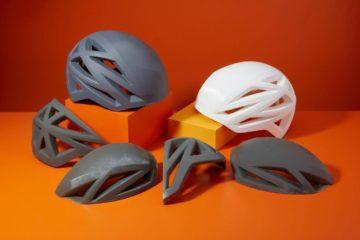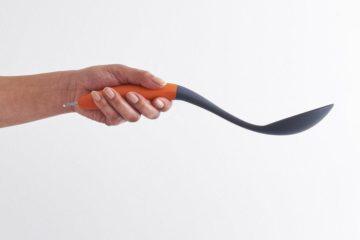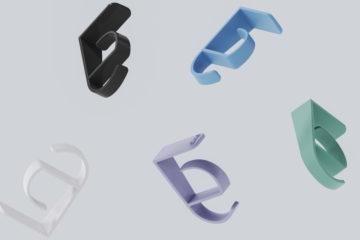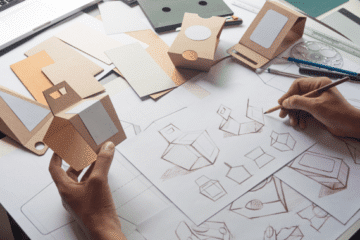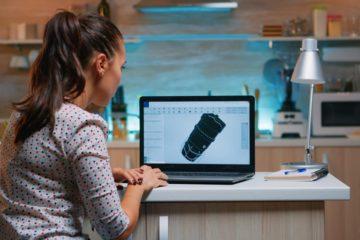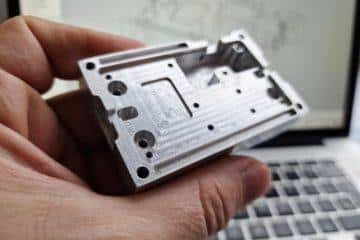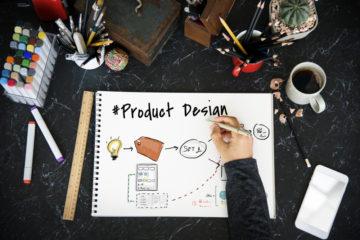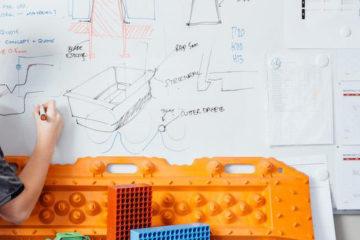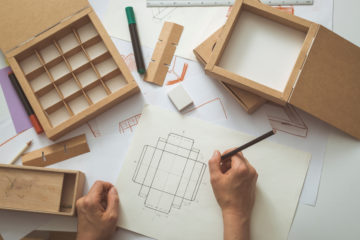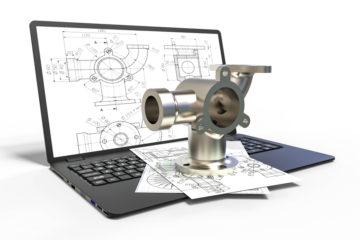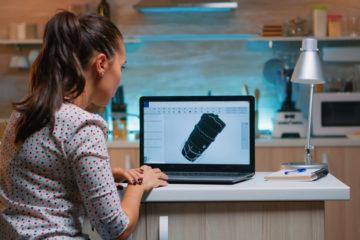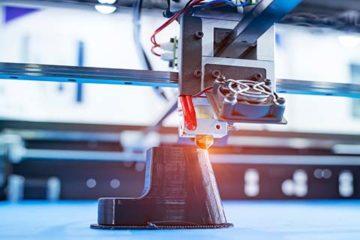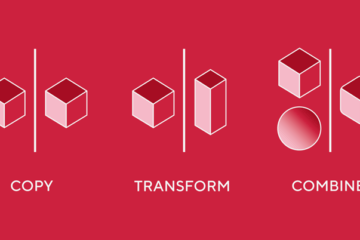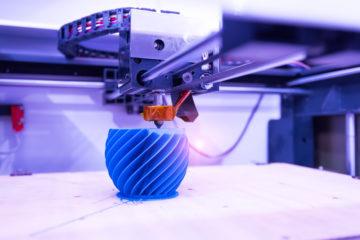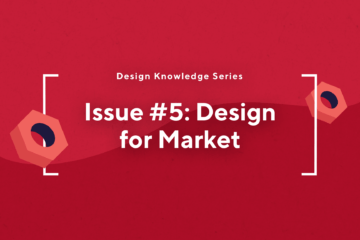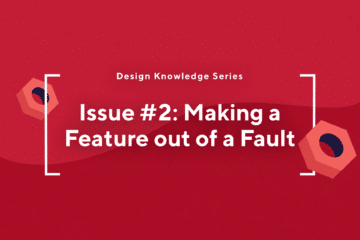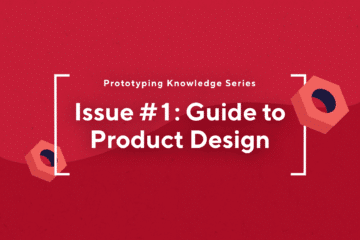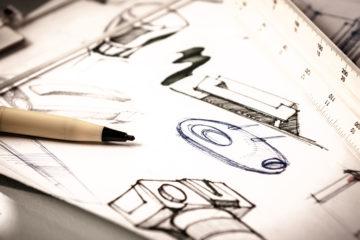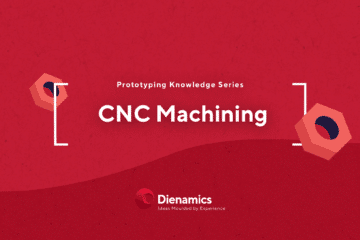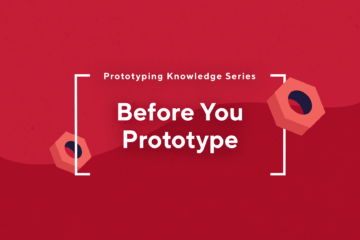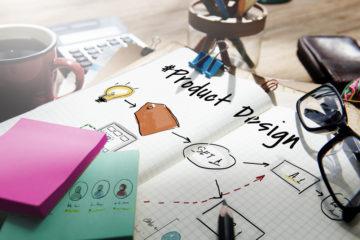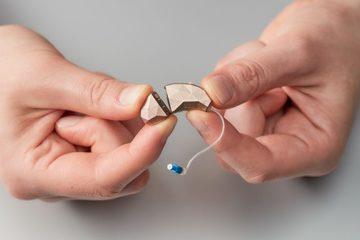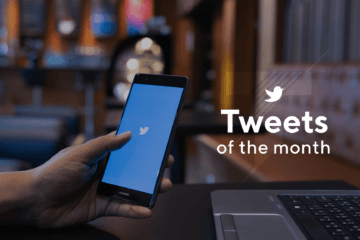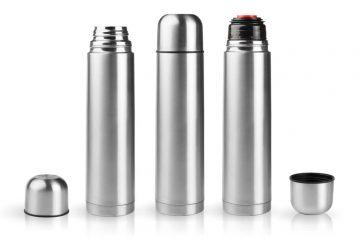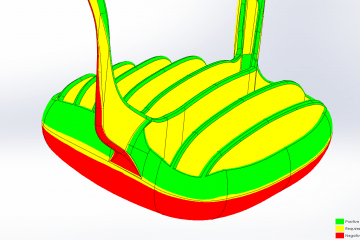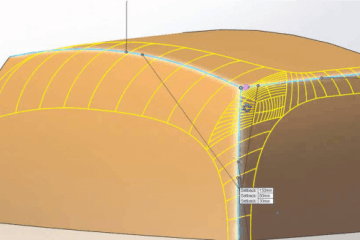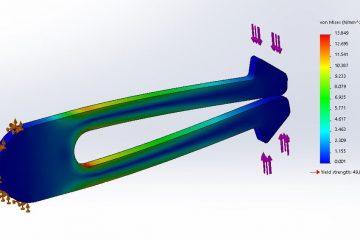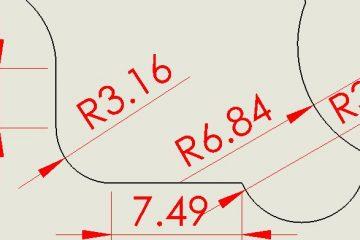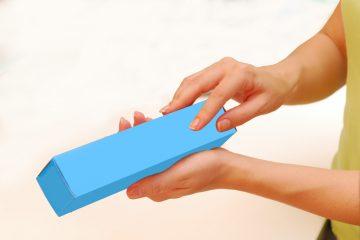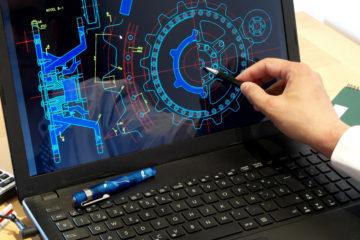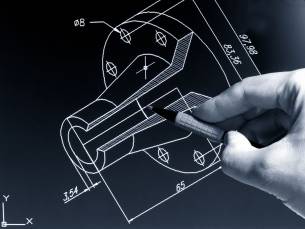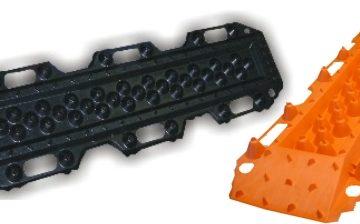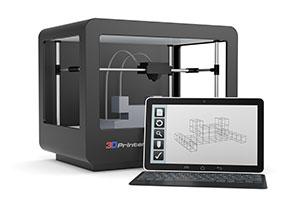Part 4 – User Testing and Research
In Part 3, Types of Prototypes, we looked at some of the different types of prototypes and their purpose. In this issue, we’ll talk about the importance of the user testing and research phase of making your prototype.
The ‘build it and they will come’ fallacy is a common oversight in product design. There are countless examples of failed products that could’ve been successful if only prototypes had have been correctly employed to find errors. This issue isn’t limited to small companies or individuals either. For example, let’s look at the Sunbeam Marc Newson Kettle. This is a kettle design that was the winner of the 2016 Good Design Australia Awards, yet if you google reviews for it online, you’d struggle to find anything rating it above 2/5 stars. Whilst being quite stunning to look at and being something you’d admire in any home or interior decorating magazine, when it comes to making a cup of tea or coffee you wouldn’t exactly call it ideal.

For starters, the handle is parallel to the bench making it good for lifting the kettle straight up and down but when you go to pour it, your arm is forced into a rather awkward position. Then, when you look at the lid, there is no button but rather an in-laid knob with which you have to grasp two fingers around and pull upwards. This would be well enough if not for the handle positioning which only allows you to pull the lid upwards slightly so that you must then slide the lid out sideways. In addition, thin stainless steel is used to make the kettle bowl and without the weight of the water in it, this light/thin material makes the kettle feel cheap and fragile. These are all issues that if the design had have been prototyped well could have been picked up early on in the design process. Prototyping is a trial and error process and as such a successful prototype is one that allows you to find errors.
Prototyping gives you clarity. You aren’t going to know how people will react to a design until you make it three dimensional – think, at any product expo or display do you pay more attention to the poster or pamphlet or more to the physical product they have on display. Henry Ford had a great quote, “If I had asked people what they wanted, they would have said faster horses.” Essentially, you don’t know what users or consumers want until they see and hold your product in their hands for the first time. Prototyping is the best way to initially achieve this – you can’t do user testing with a CAD drawing.
Succinctly, get a prototype made, and get it in the hands of your end customer. In the next issue, we’ll give you the advantages and disadvantages of prototyping using SLS 3D printing.
Subscribe to Our Newsletter
Get the latest news from Dienamics into your inbox





